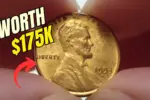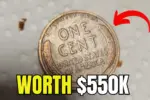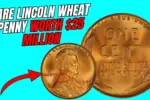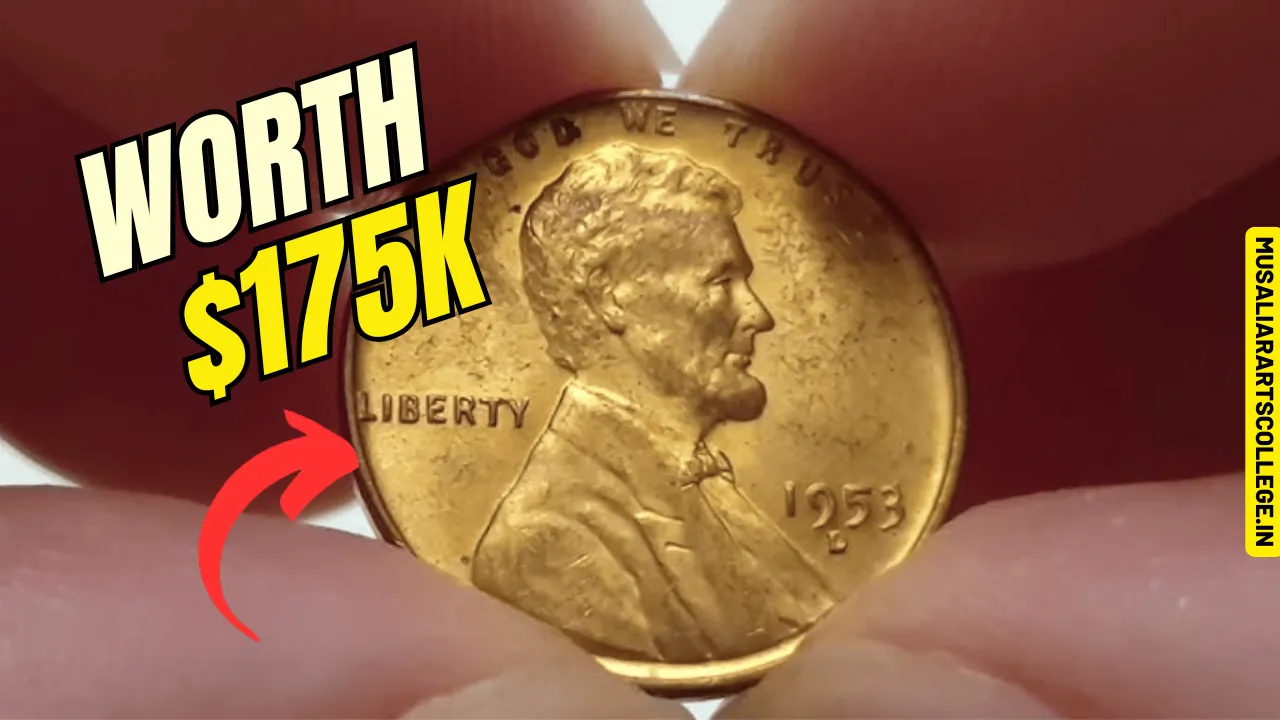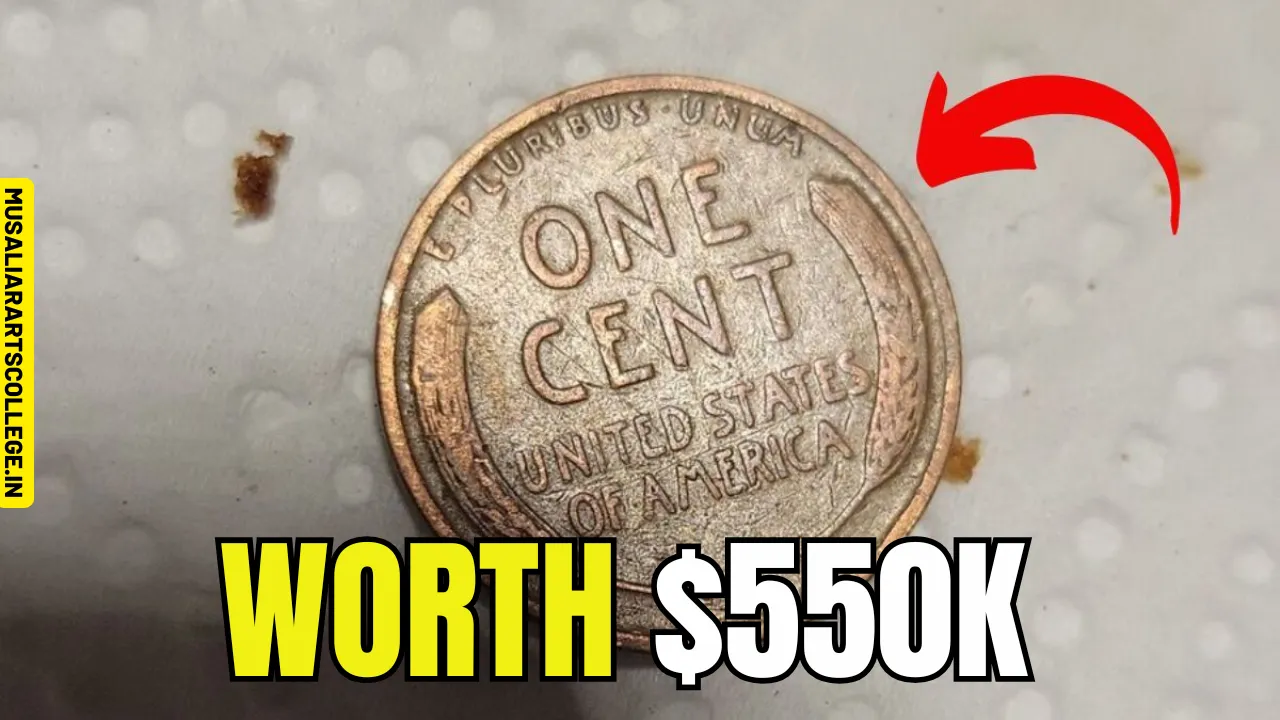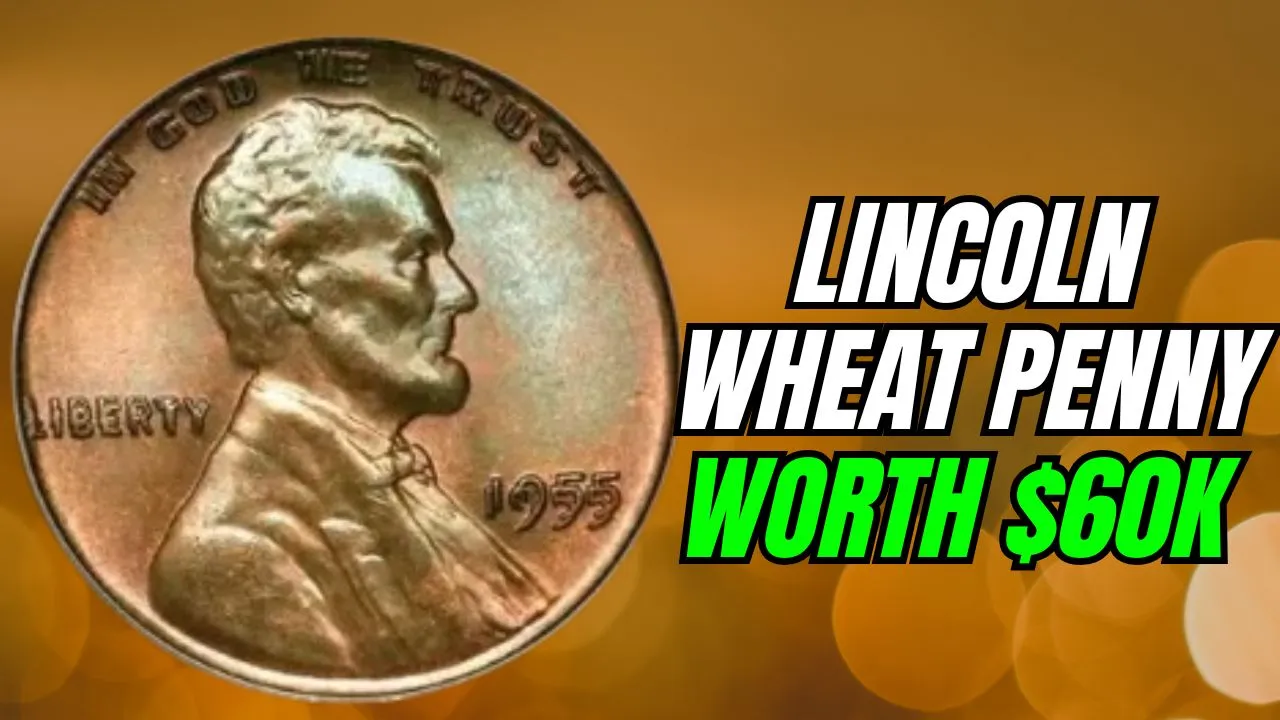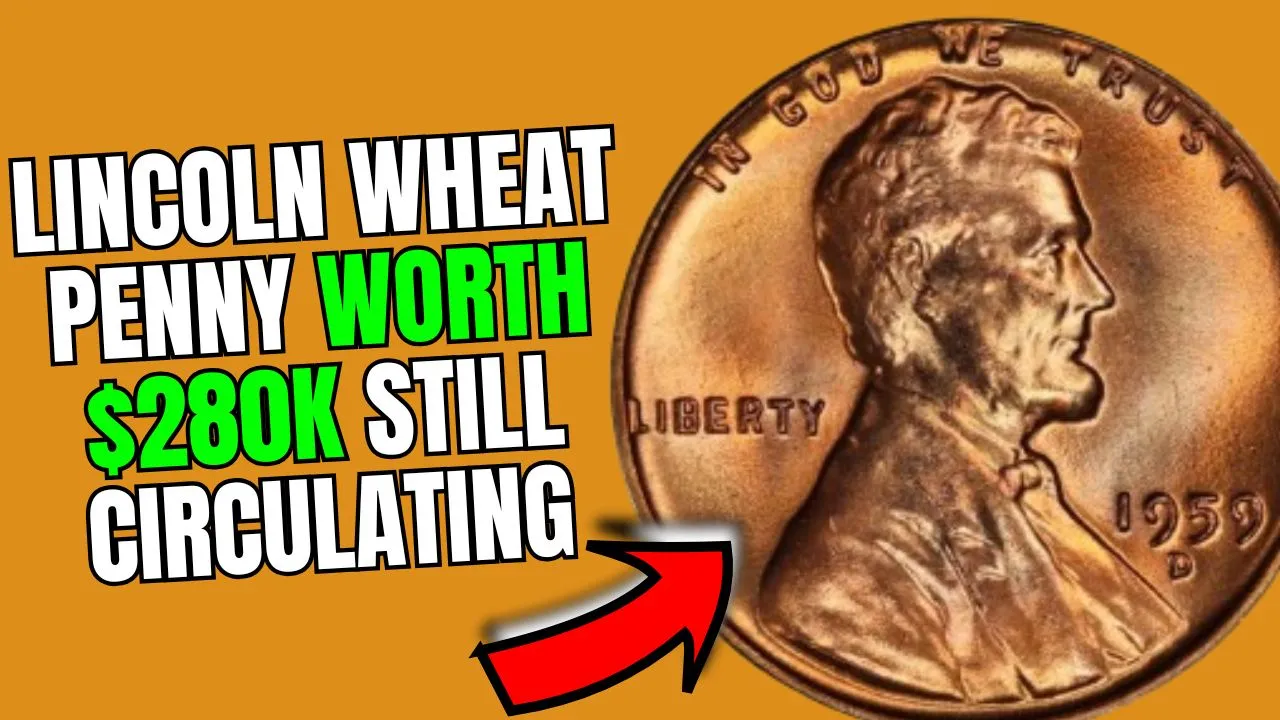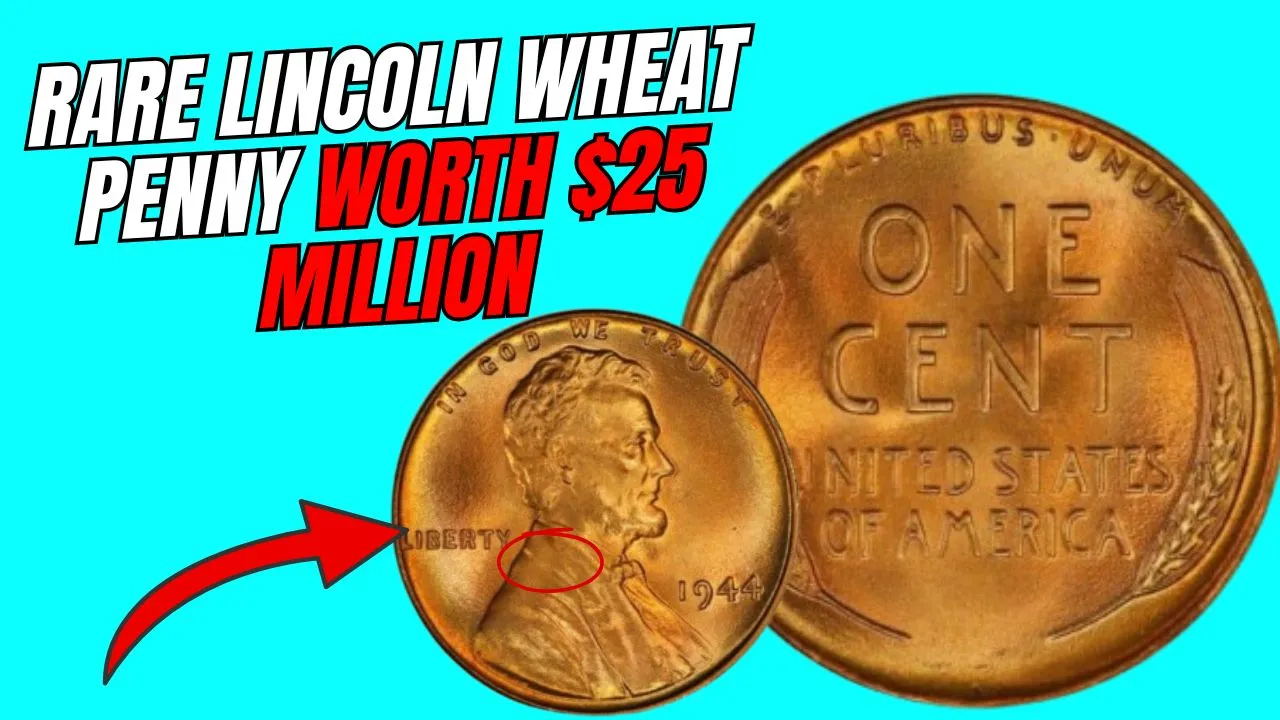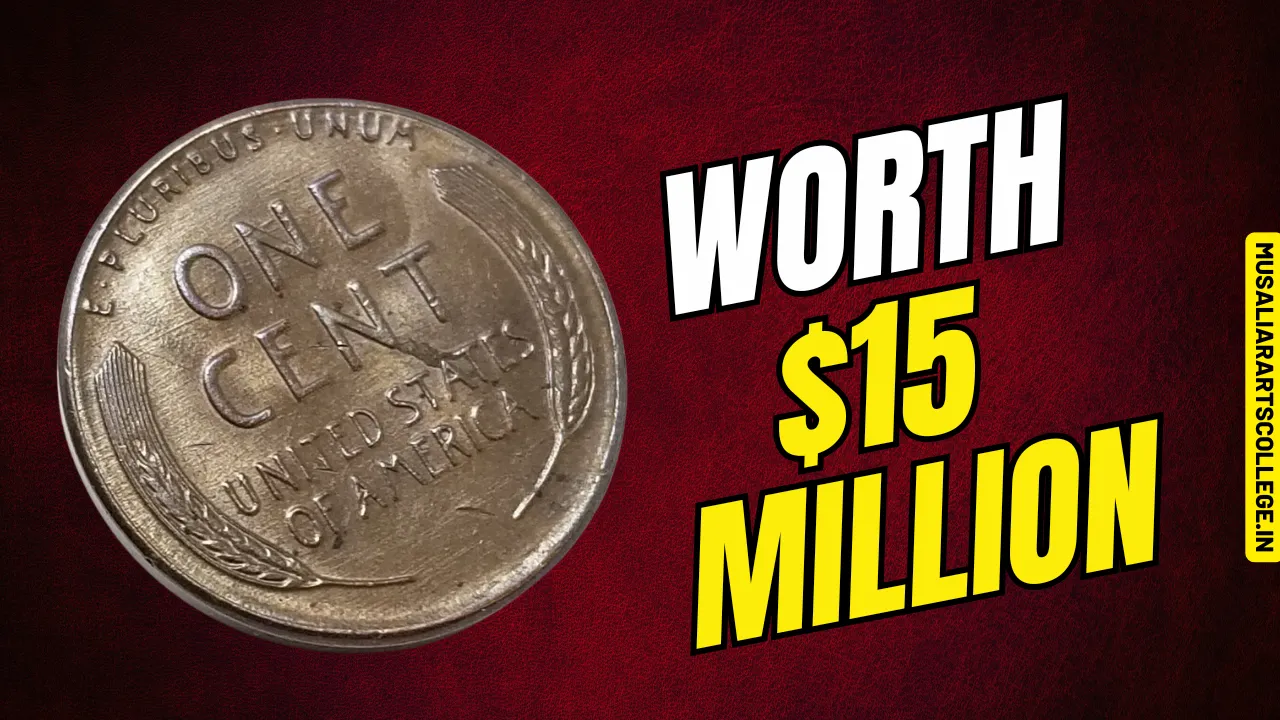Rare $2 Bills: Rare $2 bills have always sparked curiosity among collectors and everyday people alike. While these bills may seem ordinary at first glance, some rare editions are worth a fortune—reaching values as high as $8 million. With their fascinating history, limited production runs, and unique characteristics, these bills have become prized treasures in the world of currency collecting.
In this article, we’ll explore the captivating history behind rare $2 bills, highlight key features that determine their value, and discuss some of the most valuable specimens ever sold. Whether you’re a seasoned collector or someone who stumbled upon an old $2 bill in a drawer, this guide will help you understand its potential worth and importance.
Overview of Rare $2 Bills
| Feature | Details |
| First Issued | 1862 |
| Key Designs | Alexander Hamilton (1862), Thomas Jefferson (1869–Present) |
| Most Valuable Notes | 1890 Grand Watermelon Note, 1869 Rainbow Note |
| Key Value Factors | Age, Condition, Serial Number, Printing Errors |
| Highest Recorded Sale | $3.5 Million for an 1890 Treasury Note |
| Modern Collectibles | 1976 Series with unique serial numbers or printing errors |
The History Behind Rare $2 Bills
The $2 bill was first introduced in 1862 as part of the United States’ effort to standardize paper currency during the Civil War. The earliest notes featured Alexander Hamilton, but in 1869, the design changed to feature Thomas Jefferson, where it remains to this day.
Despite their long history, $2 bills were never widely circulated. Their limited use in daily transactions created a perception of rarity, and over time, many series became highly sought-after by collectors. Today, these bills serve as historical artifacts, offering a glimpse into America’s financial past while holding substantial monetary value for the right editions.
What Makes a $2 Bill Valuable?
Not every $2 bill is considered valuable. Below are the most critical factors that determine their worth:
1. Age and Series
Older bills, especially those printed in the 19th century, are far more valuable than modern editions. Some of the most coveted series include the 1862 Legal Tender Note, the 1869 Rainbow Note, and the 1890 Grand Watermelon Note.
2. Condition
The condition of a bill plays a significant role in determining its value. Uncirculated bills—those in pristine condition—are far more valuable than worn or damaged ones. Professional grading services evaluate and certify the condition of rare bills.
3. Serial Numbers
Unique serial numbers add significant value to rare $2 bills. Examples include:
- Low Serial Numbers (e.g., 00000001)
- Repeating Numbers (e.g., 77777777)
- Unique Patterns (e.g., 12345678)
4. Printing Errors
Printing mistakes are a collector’s dream. Errors such as misaligned prints, inverted seals, or double prints can turn an otherwise ordinary $2 bill into a valuable treasure.
The Most Valuable Rare $2 Bills in History
1. The 1890 Grand Watermelon Note
- Known for its distinctive green zeros resembling watermelons.
- Sold for over $2 million in an auction.
- One of the most iconic $2 bills in history.
2. The 1862 Legal Tender Note
- The first $2 bill issued in the United States.
- Features Alexander Hamilton on the front.
- Well-preserved examples can fetch hundreds of thousands of dollars.
3. The 1869 Rainbow Note
- Recognized for its vibrant multicolored design.
- Often valued between $50,000 to $200,000, depending on condition.
These bills are more than just currency; they are historical artifacts and prized collector’s items.
Key Trends Influencing $2 Bill Values in 2024
As we step into 2024, several trends are driving the value of rare $2 bills:
- Increasing Rarity: Older bills continue to become scarcer, increasing their value.
- Historical Appeal: Collectors place high value on bills tied to significant historical events.
- Market Demand: Growing interest in rare American currency from global collectors.
- Authentication Technology: Advances in authentication and grading have added confidence to collectors and investors alike.
These factors ensure that the demand for rare $2 bills remains strong, with potential for further value appreciation.
Recent Record-Breaking Sales of $2 Bills
- An 1890 Treasury Note in pristine condition fetched $3.5 million in a private sale.
- A collection of 1976 $2 bills with rare printing errors sold for over $500,000 at auction.
- A batch of 1899 Silver Certificates in uncirculated condition recently sold for $50,000 each.
These transactions highlight the continuing appeal and value of rare $2 bills among collectors and investors.
How to Identify a Valuable $2 Bill
If you have a $2 bill, here’s how to determine if it’s valuable:
- Check the Year and Series: Look for older series, particularly those from the 1800s.
- Inspect the Condition: Uncirculated bills are far more valuable.
- Examine the Serial Number: Look for unique serial numbers or patterns.
- Search for Printing Errors: Any misprints can increase value.
- Get It Authenticated: Have the bill graded by a professional service.
Tips for Collectors and Enthusiasts
- Educate Yourself: Learn about the history and trends of rare $2 bills.
- Buy from Trusted Dealers: Avoid scams by purchasing from reputable sources.
- Preserve Your Bills: Store them in protective sleeves to prevent damage.
- Invest in Quality: Prioritize bills in excellent condition.
- Stay Updated: Follow market trends and auction results.
Frequently Asked Questions (FAQs)
Are all $2 bills rare?
No, only certain series, serial numbers, and error notes hold significant value.
How do I know if my $2 bill is valuable?
Check the year, condition, serial number, and for any printing errors.
What is the most valuable $2 bill?
The 1890 Grand Watermelon Note, which sold for over $2 million
Can modern $2 bills be valuable?
Yes, especially those with unique serial numbers or printing errors.
Where can I sell a rare $2 bill?
Through reputable auction houses, numismatic dealers, or specialized online marketplaces.
Final Thoughts
The world of rare $2 bills combines history, art, and investment potential. Whether you’re holding onto a bill from the 1800s or a more modern issue with a unique error, there’s always a chance it could be worth far more than its face value.
Take a closer look at your $2 bills—you might just uncover a hidden treasure. If you’ve found something unique, share your discovery in the comments below or start exploring the fascinating world of rare currency collecting today!

